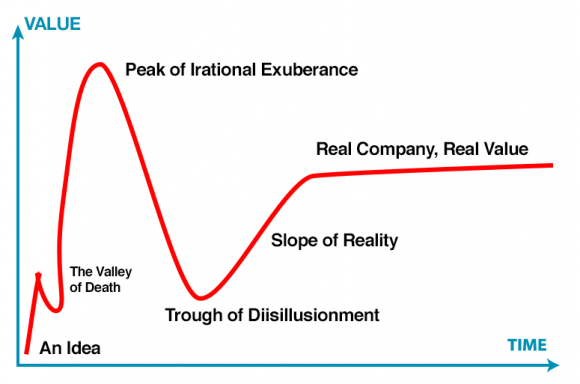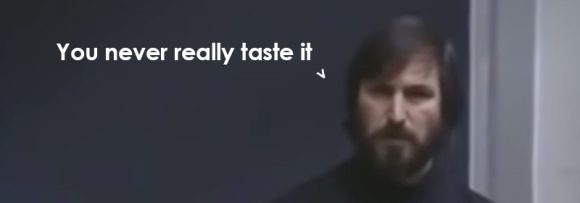
I thought it would be enough to write a book about the startup pitch. I was wrong. I thought maybe that was too many rules, too many details, simplify it down to a slide-by-slide guide. Far more often than not, wrong again.
What is missing from the vast majority of the pitches shared with me is the story.
Pitches are supposed to tell a story. A nice, simple, logical story of a business. What seems to be getting in the way of that is the slides. People fixate on putting information and facts on slides, and overlook the fact that the audience doesn’t care about your facts. Facts don’t write checks. Facts don’t move people to write checks. If you want to move the audience to act, tell a story.
Try this… throw away your slides. Quit “PowerPoint (^Q)”, close the Google Slides browser. They are the wrong tool for what you need.
What you need is a story. No, not the story of how you came to start your company. No, not an essay about the history of the problem you are solving. No, not a report like a consultant would write outlining a market segment. A story.
Sit down (or walk around) and explain why you do what you do. Explain it in plain English (or your home language), like you’d explain it to your niece or nephew, who picked you to interview in a high school or college business class. Your business is the case study. You have 10 minutes to explain what you do, why you do it, and why investors should be excited to give you money. Go.
10 minutes is a lot shorter time than you think. I bet your first complete draft is 15 or 20 minutes. That is fine, once you are happy with it you can cut it back down to length.
When you are happy with that draft, call up a niece, nephew, cousin, or old friend. Tell them your story. Ask for critical feedback. “It’s good” is not a useful answer. Ask them how to make it better. Listen. Make it better. Rinse and repeat a few times.
Are you happy with that story? If that mythical niece or nephew invited you into class to share it live, do you think the whole class would still be listening by the end, or would half be confused or bored or otherwise checked out? If the answer isn’t everyone, it’s not a great story. If it’s not a great story, why do you think investors will listen through the end? Why do you think any investor who doesn’t make it to the would write you a check?
That is, after all, the reason you are pitching.
When you have that great story (and it may take weeks of trying to find it), then and only then should you open up PowerPoint or Google Slides or any other tool to make slides. Then, and only then, you simply make a few slides that help support the story. A pretty picture there. A big visible number to match the one in the story. A graph to match the fairy tale hockey stick future.
I’ve seen this done many many many times. Here are a few examples, all of which have one thing in common. The slides came weeks after the story. And the story you are about to see is the fifth or eleventh or fifteenth iteration, throwing away a lot of good stories to find one that is great.














